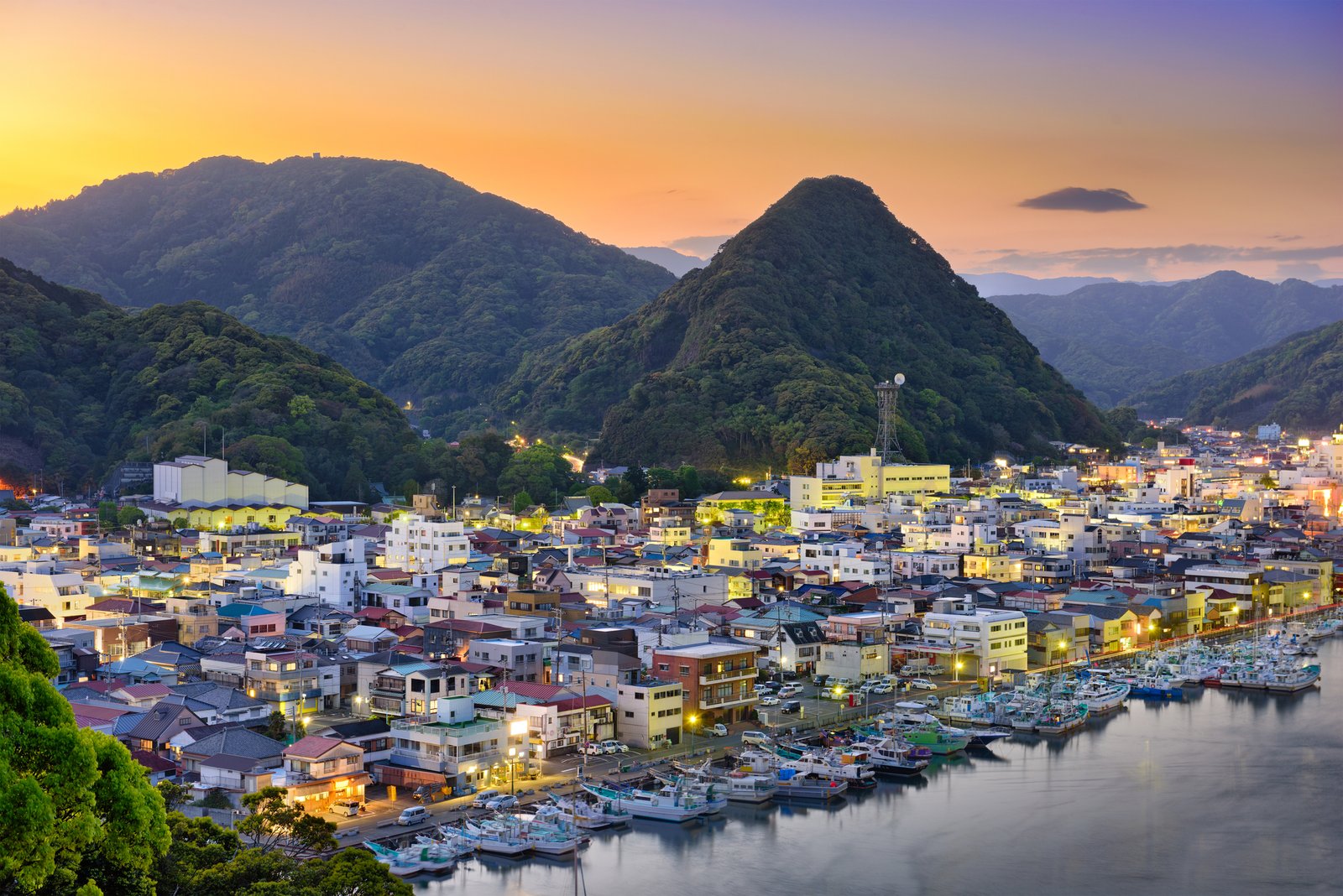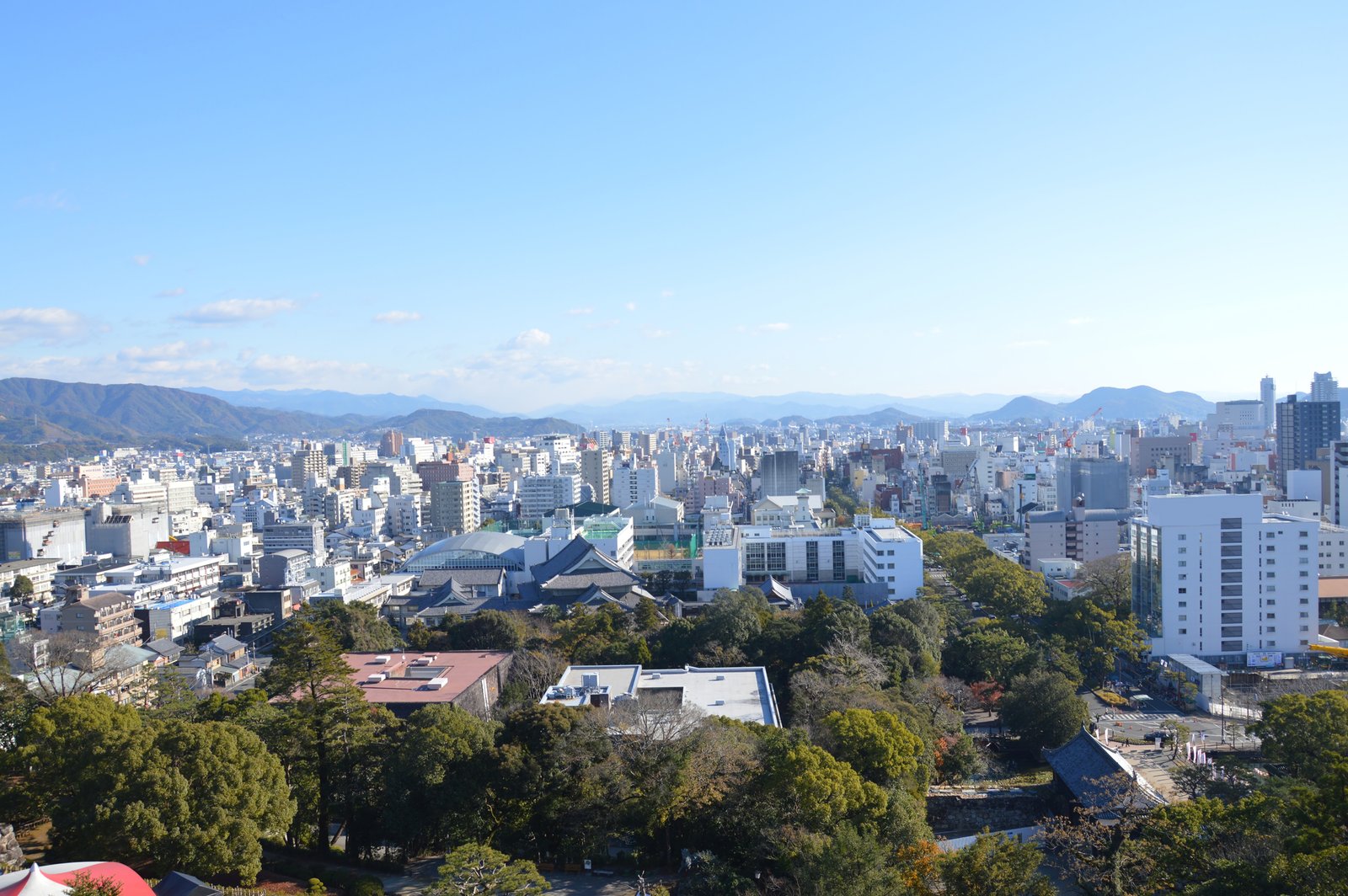The journey through Ishikawa’s culinary world start with one bite. A slice of melon, covered in edible gold leaf, is incredibly delicious. It shows you the beauty of Ishikawa’s food scene, where gold leaf and Kaga Ryori meet.
Kaga Ryori is the region’s ancient fine dining. It uses fresh ingredients and beautiful presentation. Each dish is a story, from abalone to sashimi. The gold leaf adds a modern touch, making meals unforgettable.
This tour of Ishikawa shows how old traditions and new ideas come together. It’s a place where Japan’s food culture shines, often overlooked by many.
Beautiful view of Kenrokuen Garden with lush greenery and tranquil pond in Kanazawa, Japan.
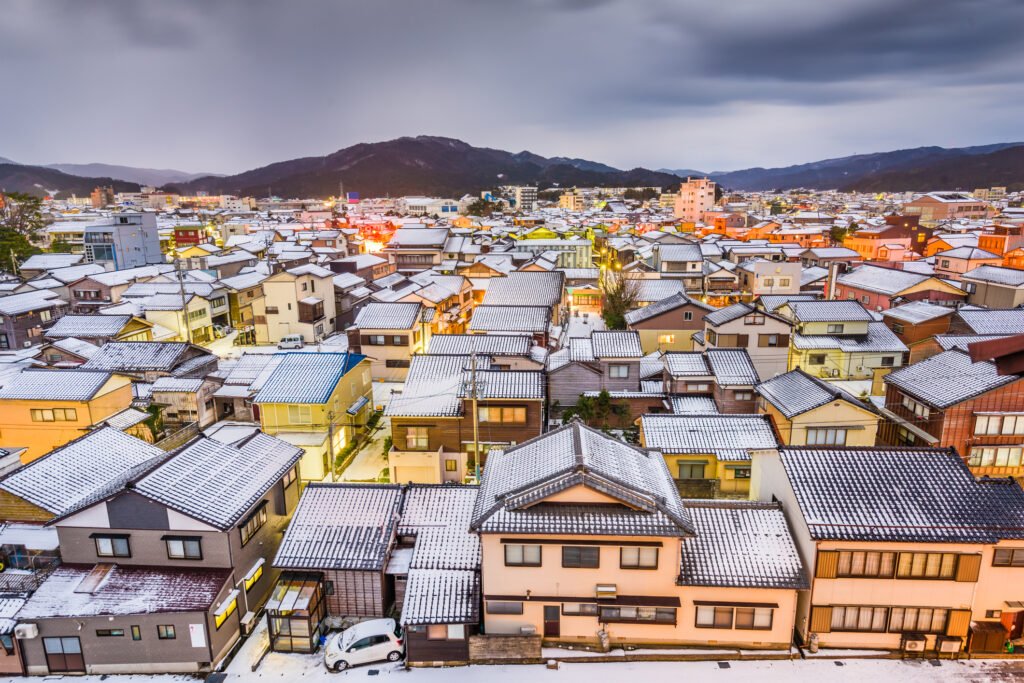
Wajima, Ishikawa, Japan Town Skyline In Winter At Twilight
Key Takeaways
- Ishikawa’s gold leaf cuisine and Kaga Ryori define its unique culinary identity.
- Edible gold leaf enhances both aesthetics and flavor in dishes across the prefecture.
- Kaga Ryori prioritizes seasonal ingredients and artistic plating traditions.
- This region blends Japanese luxury food with cultural storytelling through dining.
- A Culinary Tour of Ishikawa offers rare insights into its dual legacy of elegance and heritage.
The Gilded Gastronomy of Ishikawa Prefecture
Walking through Kanazawa’s streets, you feel the gold leaf history all around. It’s like the koi ponds in Kenrokuen. For centuries, artisans beat gold into thin sheets. Now, this legacy makes Ishikawa’s food traditions shine.
A Brief History of Gold Leaf Production in Kanazawa
Kanazawa’s humid climate kept gold leaf tools from the Edo era intact. Today, 99% of Japan’s gold leaf comes from here. Masters shape 0.5 microns of gold into delicate sheets. They turned samurai-era craftsmanship into edible gold leaf Japan loves.
How Gold Leaf Transformed from Art to Culinary Luxury
| Traditional Use | Modern Culinary Use |
|---|---|
| Decorating temples | Gilding wagashi sweets |
| Samurai armor accents | Enhancing kaiseki courses |
Your First Encounter with Edible Gold
At a dimly lit kappo restaurant, you get nervous about trying matcha with 24k gold. The gold feels tasteless yet electrifying on your tongue. This mix of taste and beauty is what Japanese culinary luxury is all about.
Understanding Kaga Ryori: Ishikawa’s Traditional Haute Cuisine
The Kaga Ryori tradition in Ishikawa is more than food—it’s an art form. It’s shaped by centuries of cultural refinement. Throughout your journey into this culinary legacy start with learning about local ingredients and seasonal rhythms.
Unlike sushi or ramen, Kaga Ryori is elegant and precise. It reflects the minimalist beauty of tea ceremonies loved by the Maeda daimyō.
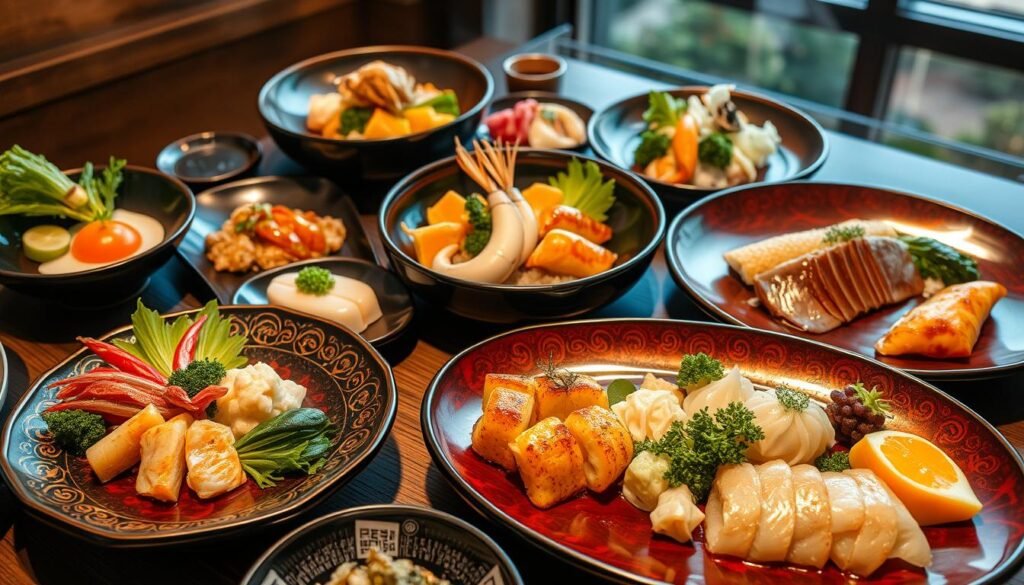
Traditional Japanese cuisine is never rushed here. Chefs create seasonal Kaga dishes using special Kaga cooking techniques. Think jibuni, where duck cooks in soy-based sauces until it’s tender.
They also balance flavors in new ways that respect tradition. The red-glazed ceramics used to serve meals tell stories of Ishikawa’s culinary philosophy.
In your first Ishikawa haute cuisine experience, you see how every vegetable is celebrated. Whether steamed, pickled, or simmered, it is at its peak. The Maeda clan’s wealth in the Edo era helped artisans perfect these methods.
Even today, tasting these dishes is like experiencing history. Each bite is a silent conversation between past and present.
This Kaga Ryori tradition is alive and evolving. It shows that fine cuisine can be warm and sophisticated. To taste it is to experience Ishikawa’s soul, where every ingredient tells its story through generations of skillful hands.
The Ultimate Culinary Tour of Ishikawa: What to Expect
Planning your Culinary Tour of Ishikawa begins with timing. The best time to visit Ishikawa depends on what you want to eat. Spring offers bamboo shoots in mountain broth, while autumn brings matsutake-infused rice. Here, seasons are more than just weather; they’re ingredients.
Seasonal Considerations for Your Visit
Winter in Kanazawa’s harbor districts brings snow crab tempura. Summer offers chilled Kaga Ryori sashimi. The winter trip to Nanao Bay is unforgettable—a bowl of gold-leafed hot pot under the snow.
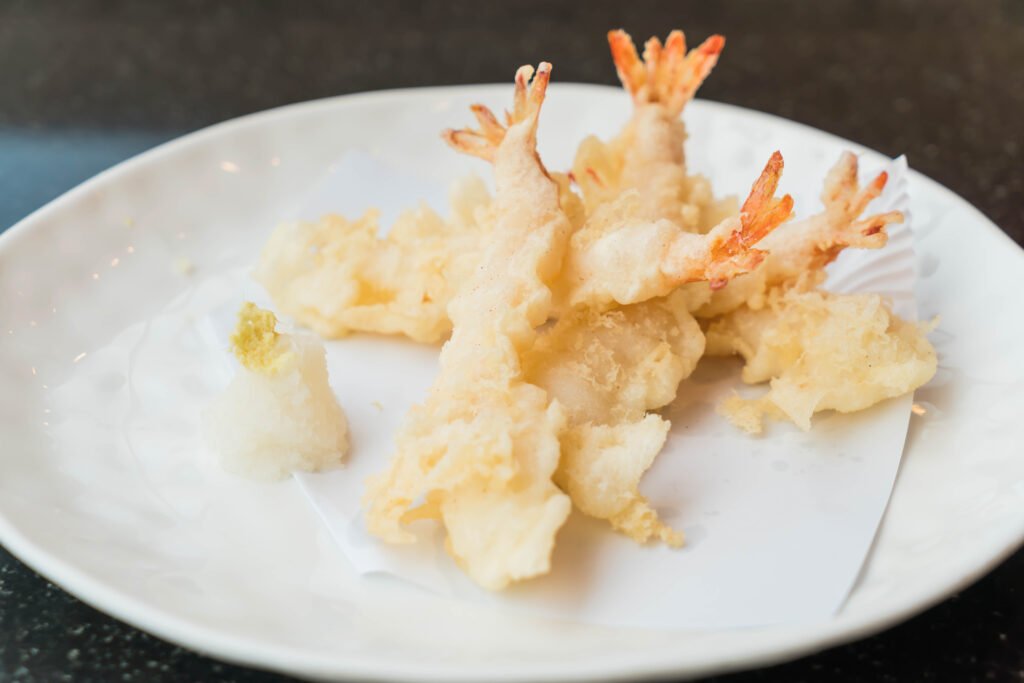
Tempura – Food and Japanese food.
Mark your calendar for peak Kanazawa food tourism. It aligns with the best harvest times.
Urban vs. Rural Dining Experiences
In Kanazawa’s downtown, ryotei dishes are gilded with gold. But in rural villages like Shirakawa-go, rustic taverns serve wild boar stew. This contrast shows Ishikawa’s soul—elegance meets earthiness.
Coastal towns like Kaga Onsen mix both. You can find a ryokan with gold-trimmed kaiseki and fisherman’s squid-drying racks.
Price Points and Value Perspectives
- Luxury Japanese cuisine: Formal Kaga Ryori courses ($100+ per person) in Kanazawa’s heritage ryotei.
- Ishikawa budget dining: Street stalls sell gold-leafed melon pan for $3 or market sashimi boxes under $20.
- Tip: Rural izakayas offer family-style kaiseki at half the city’s cost.
From $5 gold-dusted mochi to $200 kaiseki, Ishikawa’s flavors are worth exploring. Every bite tells a story of tradition reimagined.
Gold-Infused Delicacies: Beyond Simple Garnishing
Exploring Kanazawa, you’ll find that gold makes every bite special, not just for looks. The gold leaf ice cream Kanazawa at Higashi Chaya’s shops is like stardust. Its shine show Ishikawa’s skill. This is breath-taking.
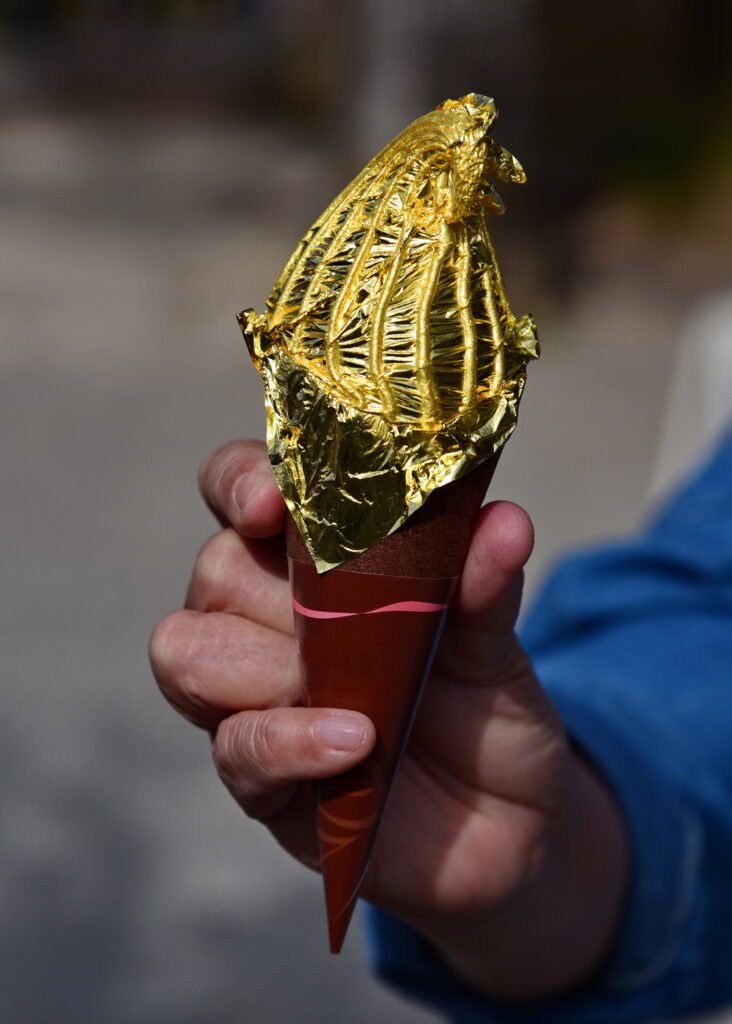
Ice Cream Cone Covered In Edible Gold Leaf. Everyone Likes Ice Cream. In Japan Why Not Have It Covered With Edible Gold Leaf.
Gold Leaf Ice Cream: A Simple Yet Luxurious Treat
Kanazawa’s gold leaf ice cream is more than dessert—it’s a show. At local parlors, each scoop sparkles with 24k gold. This adds a hint of metal to vanilla’s sweetness. Luxury Japanese desserts like these show that simple can be grand.
Gold-Flecked Sake and Other Beverages
- Gold sake Japan: Brews like Kaga-Yuzamasshi shimmer with flakes suspended mid-sip.
- Tea ceremonies feature matcha dusted with edible gold, a gold cuisine Ishikawa staple.
- Wine pairings? A Kyoto sommelier once said, “Gold turns a drink into an event,” a sentiment you’ve never forgotten.
Savory Dishes Enhanced with Gold
At kaiseki dinners, gold isn’t just for edible gold leaf desserts. Try:
| Dish | Gold Application | Taste Profile |
|---|---|---|
| Steamed tofu | Gold-wrapped serving | Mild soybean creaminess with metallic undertones |
| Tempura | Edible gold dust on batter | Crunchy shrimp elevated by visual splendor |
| Seasonal vegetables | Leaf garnishes | Earthy flavors framed by gilded elegance |
“Gold’s role is emotional—the taste? That’s just the beginning.” — Chef Yuki Sato of Kenro, a Kaga Ryori pioneer.
Gold itself has no taste, but it changes how we experience food. A luxury Japanese dessert becomes unforgettable. A sip of gold sake Japan feels like tasting history. This is Ishikawa’s magic—where old meets new in a dazzling way.
The Art of Kaga Ryori: Signature Dishes and Techniques
Kaga Ryori is a mix of tradition and skill. Your first try at the Jibuni recipe shows you the importance of patience. It’s a dish from Ishikawa, made with duck or chicken in a special broth. This broth is thickened with kuzu starch, and it takes hours to get just right.
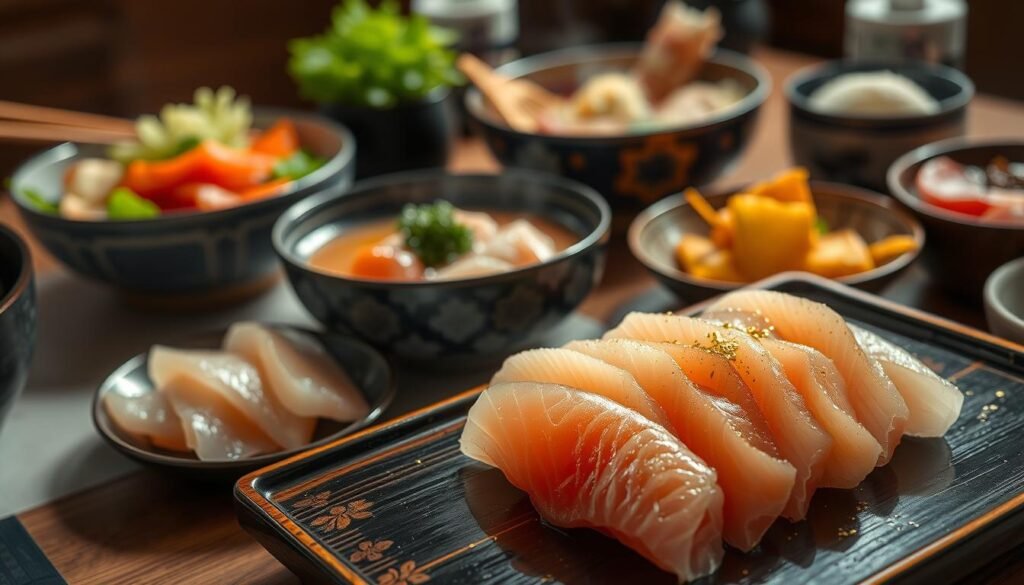
“A single vegetable must sing in every key,” a master chef once said, explaining the reverence for Kaga vegetables. These heirloom varieties—like the crisp Hino-into radish or the buttery Kaga turnip—shine through techniques like steaming, pickling, and grilling. One meal featured five preparations of a single root, each layer of flavor a testament to local terroir.
Traditional Japanese cooking in Kaga goes beyond just following a recipe. Dishes are served on red-glazed Kaga-yaki pottery, which adds a special umami flavor. The way chefs cut vegetables is like a form of art, showing off Edo-period elegance.
| Signature Dish | Technique | Cultural Essence |
|---|---|---|
| Jibuni | Simmering with kuzu | Patience as a culinary virtue |
| Kaga vegetables | Five-preparation style | Respect for seasonal bounty |
| Kaga-yaki pottery | Hand-glazing | Harmony of vessel and flavor |
Every bite of Kaga Ryori dishes is a balance of simplicity and richness. The dishes don’t have heavy sauces, so the ingredients can really speak for themselves. This is like the region’s philosophy of kanso—beauty in simplicity. When you taste a Jibuni broth that is perfectly reduced, you see why this cuisine is so special.
Where Tradition Meets Innovation: Modern Interpretations of Ishikawa Cuisine
Exploring Kanazawa’s alleys, you’ll see chefs bring Kaga Ryori to life in new ways. Modern Japanese food here is more than a trend—it’s a dialogue between old and new.
Ishikawa food innovation shines in contemporary Kaga cuisine. At a Japanese fusion restaurant, try miso-zushi with wasabi gelée, blending old with new.
Fusion Restaurants Worth Your Attention
One place mixes local seafood with fancy cooking, making hako-zushi a work of art. Another serves soba noodles in tempura, keeping it crispy and true. These spots show innovation respects tradition without forgetting it.
Traditional Chefs Embracing Contemporary Methods
Chef Sato uses sous-vide for nabe hotpots, keeping umami and improving texture. He calls it “fire and science” for serving Kaga’s core: balance. His dishes, like truffle dashi with gold leaf, are true marvels of modern Japanese cuisine.
The Instagram Effect on Ishikawa’s Food Scene
Gold-leaf pancakes and matcha tiramisu are all over social media, sparking interest and debate. A chef shared his thoughts in an interview.
“A photo can inspire discovery—but we must ensure beauty doesn’t overshadow the story beneath the glimmer.”
The goal is to keep the essence while captivating the eye.
Beyond the Plate: The Cultural Significance of Dining in Ishikawa
In Ishikawa, every bite connects you to centuries of history. The Japanese dining culture here is more than just taste. It’s a conversation between the past and present. Your exploration of Ishikawa culinary traditions shows how meals reflect the region’s values of impermanence and harmony.
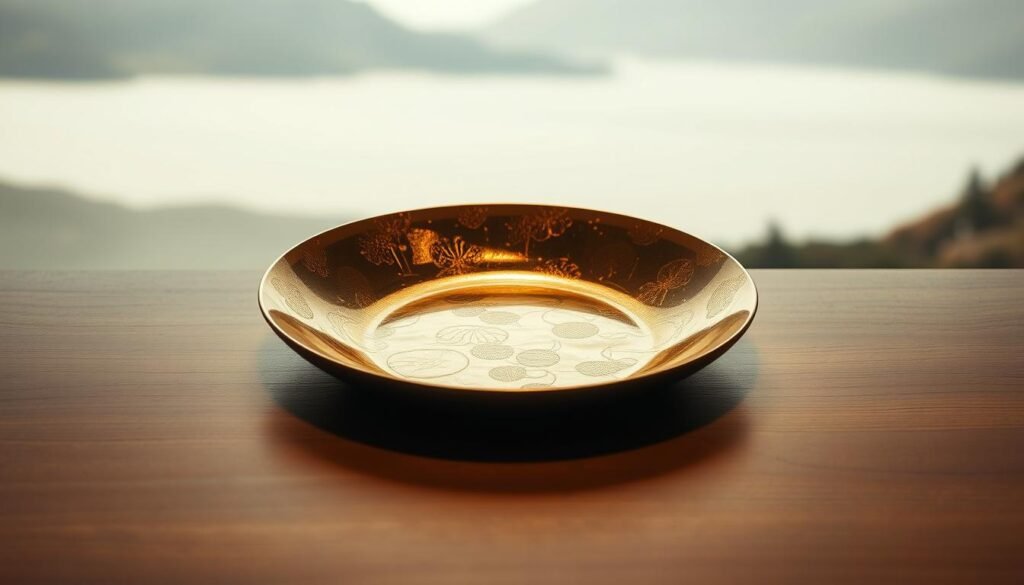
A gold-leaf-dusted sashimi plate is not just stunning; it carries the spirit of the samurai era
“Each ingredient tells a story of place and time,” said a tea master in Kanazawa, her hands shaping matcha powder into perfect crests. This sentiment underpins how Japanese tea ceremony influences shape even casual meals: the deliberate pace of courses, the silence before tasting, all echo the tea philosophy of harmony and respect.
In a secluded kaiseki restaurant, witness the legacy of samurai food culture alive. Dishes like kasutera (a diamond-shaped wagashi) pay tribute to the Maeda clan’s history, where each bite is a statement of wealth and elegance. But it’s the meaningful food experiences that stay with you: the chefs’ stories of each ingredient, or the arrival of autumn’s first matsutake mushrooms with poems about beauty’s fleeting nature.
These traditions are not set in stone. A young chef in Komatsu shared, “We’re guardians of stories.” Their menus blend Japanese tea ceremony influences with modern techniques, showing that Ishikawa’s dining is both a tradition and a dynamic art. To dine here is to experience the essence of a place where every grain of gold leaf tells a story of centuries of dedication.
Personal Rankings: The Most Unforgettable Gold Leaf and Kaga Ryori Experiences
After years of exploring Ishikawa’s food scene, these moments stand out. They leave a lasting impact on your taste and heart. Each choice is a mix of creativity, tradition, and excitement.
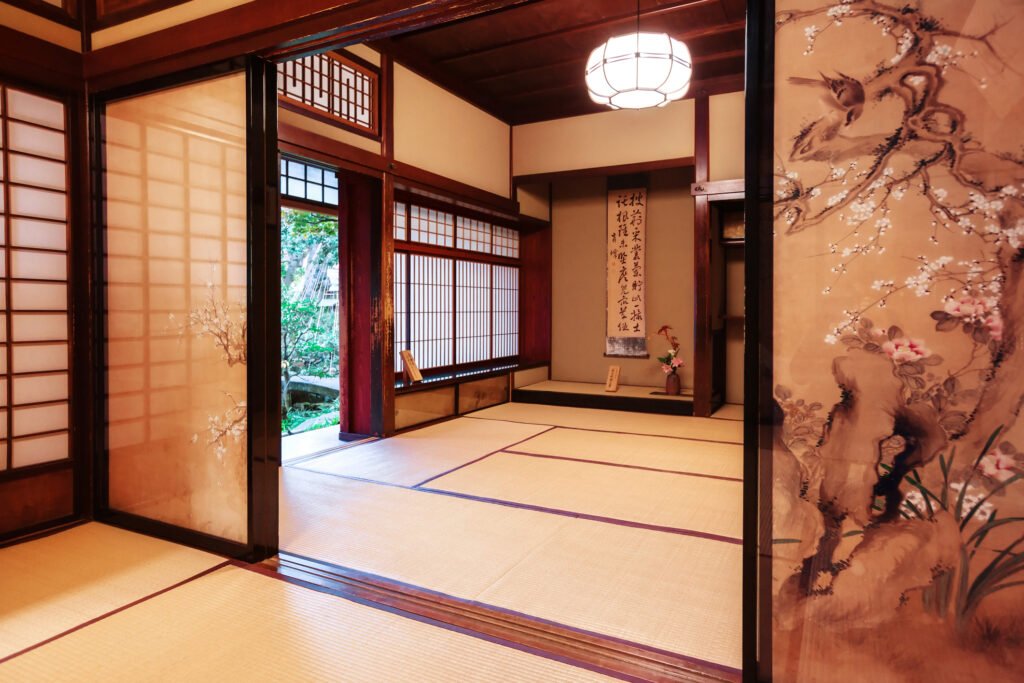
Tea Room With Painted Screen Doors In Nomura Samurai House. -November 15, 2018:
Top Luxury Dining Venues
Ryoutei Nisaka is the top spot for luxury dining in Kanazawa. Imagine dining in a historic merchant home. Gold leaf adorns kaiseki dishes, like walnut-marinated sea bream and autumn matsutake mushrooms with edible gold.
Here, authentic Kaga Ryori brings the region’s Edo-period splendor to life. At Kichisen, try the gold-leafed hirame no yudofu. Each dish is a masterpiece.
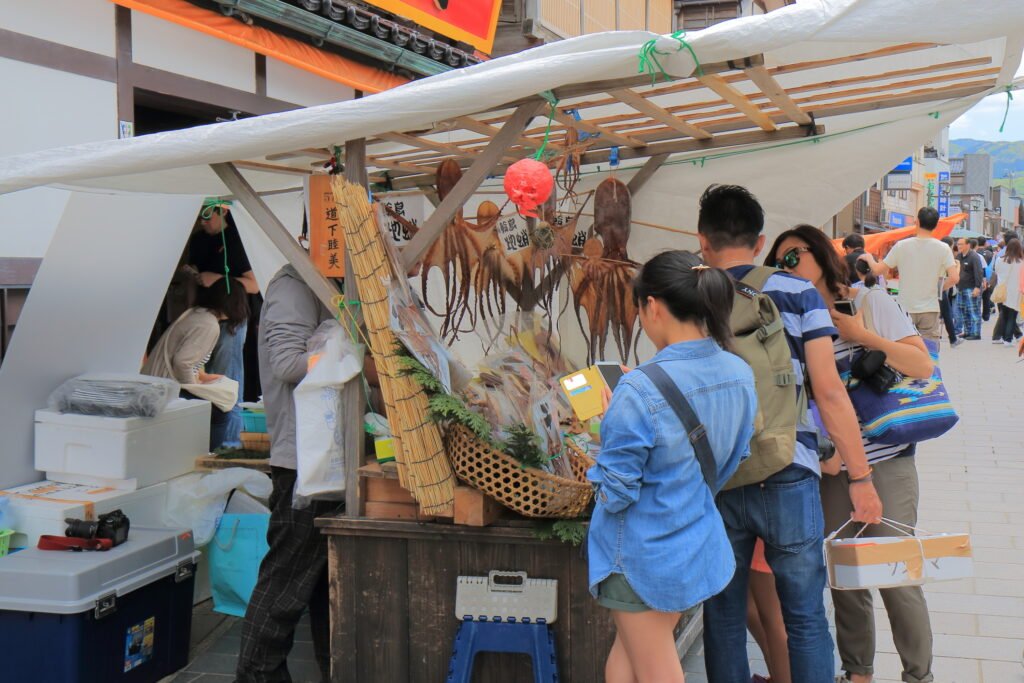
Street Market Wajima Ishukawa Japan. People Visit Dried Octopus Shop At Wajima Asaishi Street Market In Ishikawa Japan. Asaichi Is One Of The Top 3 Mating Street Market In Japan.
Best Value Food Experiences
- Marutama (Kanazawa Station): Enjoy affordable Japanese cuisine like kabayaki eel. It’s delicious and won’t break the bank.
- Yutaka (Nagamachi): This hidden izakaya offers authentic Kaga Ryori chawanmushi for under $10. It’s a steal.
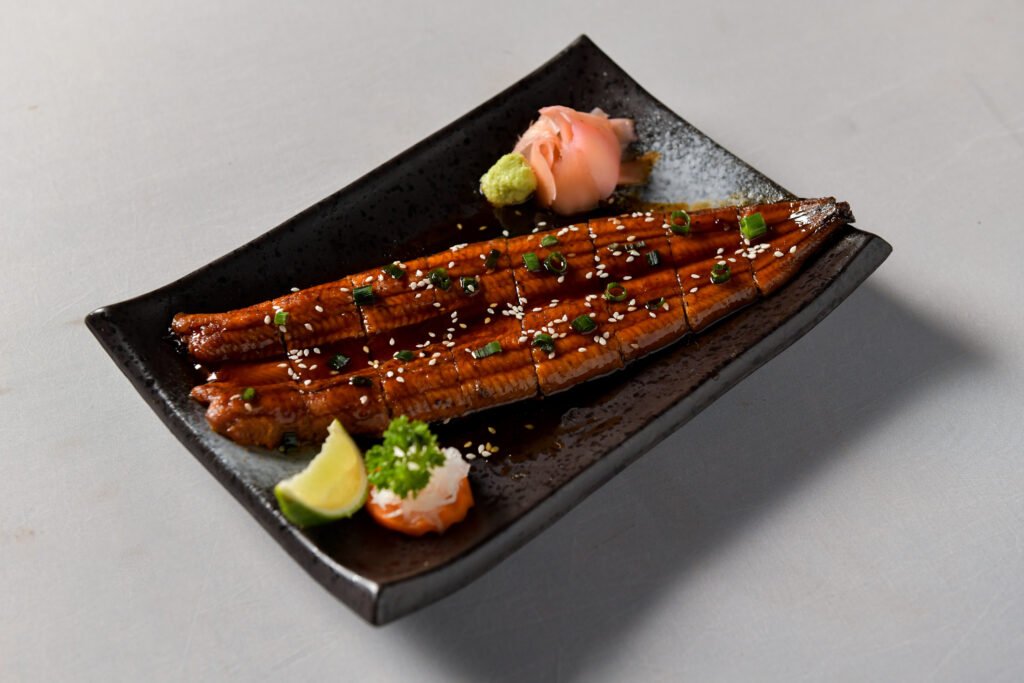
Sliced grilled eel or grilled unagi with sauce Japanese food style
Hidden Gems Off the Tourist Path
Okunoin Yuba Chaya is a family tea house in Hakusan. Their soybean curd dishes with gold-flecked matcha are a rare find. It’s a true hidden gem restaurants Japan.
For best restaurants in Ishikawa that are off the beaten path, visit Ume no Sato. It’s a riverside spot where grandma’s kaga ryori is a bargain compared to Michelin-starred meals.
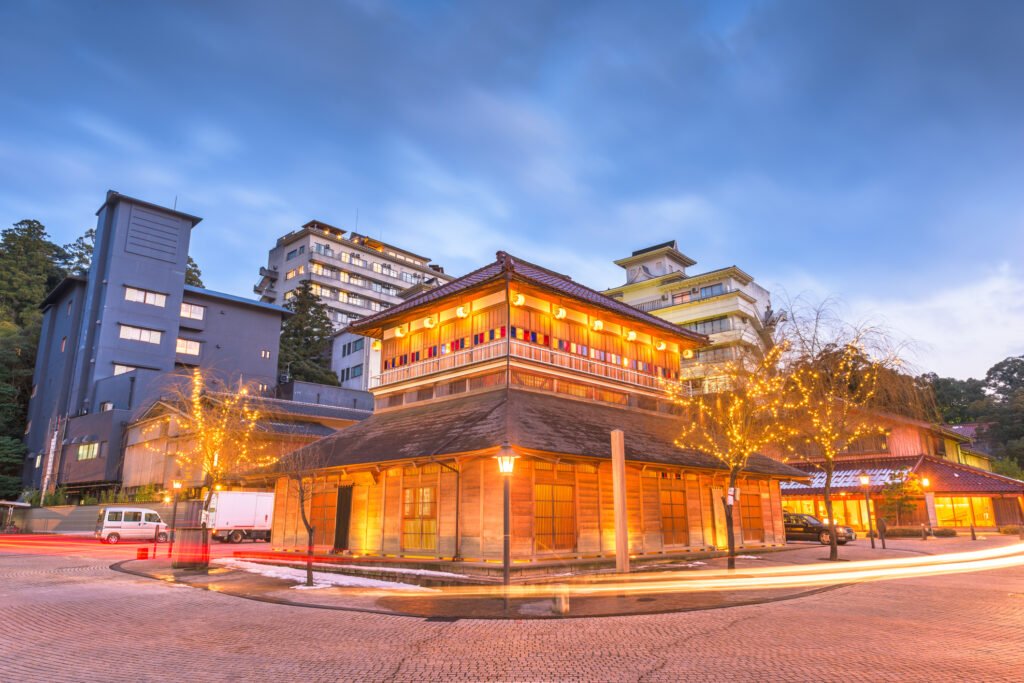
Kaga Onsen, Ishikawa, Japan Hot Springs Town At Twilight. Kaga Onsen, Ishikawa, Japan Hot Springs Town And Streets At Twilight.
Practical Tips for Food Enquisitors Visiting Ishikawa
Exploring Ishikawa’s food scene needs planning. It’s about respecting tradition and exploring new things. These tips will help you connect with the local flavors.
Getting a table at top spots is key, where gold leaf meets Kaga Ryori. For Michelin-starred places like Kikunoi, book early. They offer kaiseki courses with edible gold leaf.
For walk-ins, say “kappo-tei” (counter-seat eateries). But, always call ahead with “Rezeru onegaishimasu” (reservation request) for meals with gold leaf.
Reservation Recommendations
- Make sure to book Ishikawa restaurant reservations for places like Kikunoi or Hatanaka
- Use apps like Tabelog to find open spots at gold leaf dessert shops
- For casual spots, ask for “konomi-yoshii” (no reservation needed) at kappo-tei
Dining Etiquette for American Visitors
Japan dining etiquette turns meals into art. Be silent during meals to show respect. Avoid clinking chopsticks against bowls.
A Kanazawa chef once said:
“Let your chopsticks rest gently—no vertical placements.”
Thank your host with“Gochisousama deshita” after enjoying gold-leafedkani no niru (crab stew).
Bringing Culinary Souvenirs Home
Edible gold leaf souvenirs like gold-leafed wasabi powder or lacquered chopsticks are memorable. For Japanese food souvenirs, look for Kaga Ryori items like dried sea bream or kobucha tea leaves. Check customs rules for gold-leafed treats.
The best Japanese dining customs start with being open. Saying a simple “Arigatou” to a chef can create lasting friendships.
Conclusion: Why Ishikawa Deserves Its Place Among Japan’s Premier Culinary Destinations
The journey through Ishikawa shows you a place where food tells stories. The Culinary Tour of Ishikawa is more than just eating. It’s diving into ancient traditions mixed with new ideas. Gold leaf adds a special touch, making simple dishes into works of art.
Kaga Ryori’s focus on seasonal foods shows a deep respect for tradition. This art form is as important today as it was centuries ago. It’s a blend of old and new, making every meal special.
Ishikawa stands out because of its perfect mix. From busy Kanazawa to quiet ryokan, there’s something for everyone. Even on a budget, you can enjoy the Ishikawa gastronomy travel experience. Try gold-leaf ice cream or a kaiseki course to see what it mean.
Leaving Ishikawa, take away more than just gold leaf. The food here shows the value of patience and tradition. For those looking beyond Tokyo and Kyoto, Ishikawa is a hidden gem. Its flavors and beauty will stay with you long after you leave.
